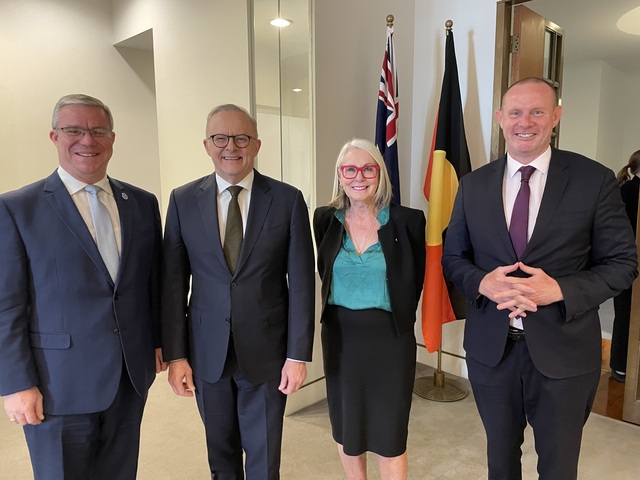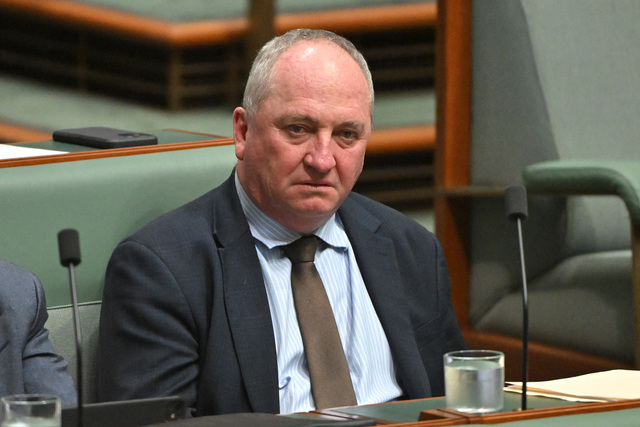
What it is costing many communities
The 2007–2008 State of the Regions (SOR) Report, released last November, identified a loss of $3.2 billion and some 33,000 jobs to Australian businesses in the preceding 12 months due to inadequate broadband infrastructure. Prepared by National Economics for the Australian Local Government Association, the SOR report states that in addition an estimated
$40 to $50 billion in savings from e-health and other smart networks over the next 10 years is also being lost. It concluded that the cost to the nation of inadequate broadband distribution and speeds is approximately $8 billion per annum or just under one per cent of Australia’s annual GDP.
City/country divide
The SOR report states that while broadband penetration rates in Australia are growing, broadband speeds and the differential between city and regional access leave much to be desired.
Data from the 2006 ABS Census showed that 42.3 per cent of dwellings in capital cities across Australia had a broadband connection. However, this figure falls to just 28.6 per cent for regions outside of Australia’s capital cities.
Taking into account both urban and rural communities, Tasmania, South Australia and the Northern Territory had the lowest levels of connection to the internet, while the ACT has the highest level of connectivity.
The World Bank says that firms using information and communication technologies (ICT) grow faster, invest more, are more productive and deliver higher profits than firms that do not. So broadband inadequacies are clearly constraining businesses and job opportunities in the regions.
International competitiveness
With Australia’s levels of connectivity close to that of Japan and the United Kingdom, we clearly use and rely on the internet for education, research, business, communication and entertainment at similar levels as competing nations. But it is broadband speeds that set Australia apart from its competitors.
In its 2007 Communications Outlook Report, the OECD ranked Australia 14th out of the
26 nations it reviewed, but in terms of price and broadband speeds it placed Australia second last, just before Slovakia, out of the 26 countries.
The SOR Report says that high speeds and world’s best practice standards in terms of broadband connectivity will make possible new services that will save billions of dollars of tax payers’ money and reduce costs, including costs to Local Government. It states that advancements in e-medicine and
e-education are examples of services that have the capacity to create enormous benefits in terms of cost savings and improvements in social equality and other opportunities.
With our ageing population, access to health services is a particular concern. The need for greater flexibility in the delivery of health services and education continues, but the potential for cost savings and service improvements from
e-medicine is being lost because of the difficulties of supplying it to one region and not another.
Federal Government’s broadband election commitment
In February, Telstra announced its intention to expand its ADSL2+ network.
The Federal Communications Minister, Senator Stephen Conroy, said that Australia will benefit from investment, innovation and competition in broadband and telecommunications.
“This rollout of ADSL2+ to Telstra exchanges is a major step forward in making high speed broadband accessible to a significant part of the Australian population,” Senator Conroy said. “However, I am sure that Telstra would be the first to agree that the expansion of its ADSL2+ network will not meet the needs of all Australians. Technical issues, such as the distance people live from a telephone exchange, will affect broadband connection speeds. That is why the Australian Government is committed to the National Broadband Network that will deliver fibre to the node technology to 98 per cent of Australian homes and businesses, enabling access to broadband services with minimum connection speeds of 12 megabits per second. I look forward to working with the telecommunications industry to achieve this outcome.”
Senator Conroy has also told Telstra that it must make information about its networks available to its competitors or new legislation will be passed to force it to comply. Telstra has now agreed to do this.







